| HOSTED BY |
A History of Art Forgery
| One of the most common type of old forgery was the "pastiche" where elements from various pictures were "pasted" together to form new paintings. Forgers have been known to take subjects from two different works and combine them.... |
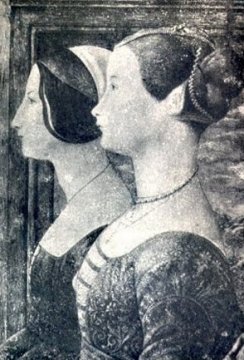 |
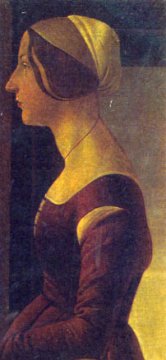 |
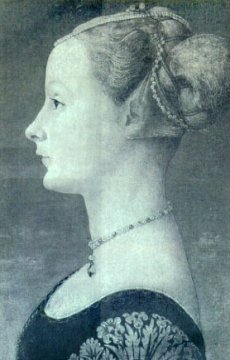 |
ABOVE LEFT TO RIGHT: 1. A pastiche of unknown origin, copying from unrelated pictures, attempting to be a rare double portrait of the fifteenth century. Sources for the fake above have been identified as 2. Portrait of a Woman (La Bella Simonetta), oil on panel by Sandro Botticelli (1445-1510) in the collection of the Palazzo Pitti, Florence; and 2. Profile of a Woman, tempera and oil on panel by Piero del Pollaiuolo (ca. 1443-96) in collection of the Museo Poldi-Pezzoli, Milan. From The Art Forger’s Handbook
by Eric Hebborn,Woodstock, NY: The Overlook Press 1997, ©Archaeus
Fine Art, London, 1997. |
| ...or to take elements from two different works and place them into a new one... |
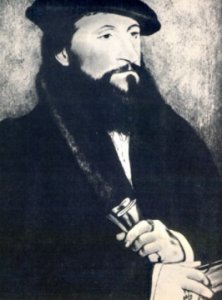 |
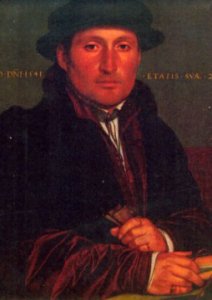 |
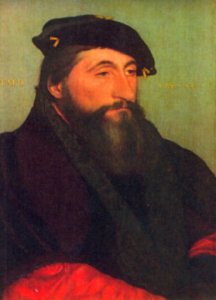 |
|
ABOVE LEFT TO RIGHT: 1. Another pastiche alleged to
be the work of Hans Holbein. From each of the two pictures shown
here, the forger used one half — the lower half of the first,
the upper half of the second. The present location of the work
is unknown. 2. Hans Holbein the Younger, Portrait of a Man
Aged 28: Kunsthistoriches Museum, Vienna. 3. Hans Holbein
the Younger, Portrait of a man aged 54: Deutches Museum,
Berlin. Arnau, Frank. The Art of The Faker – 3,000 years of Deception. Boston, Little Brown & Company, 1959. LCC 61-5317. |
| ...or to simply paste together people from completely different works... |
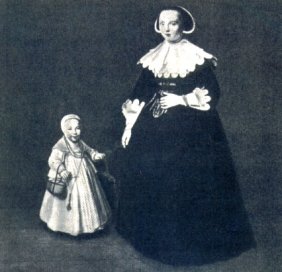 |
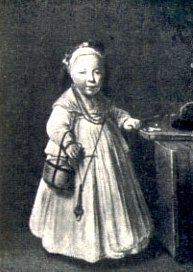 |
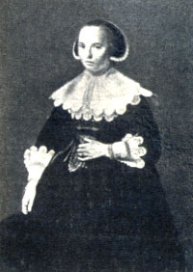 |
|
Thomas de Keyser (1596-1667), Mother and Daughter. 19th-century forgery. Private collection. The pastiche has been produced by using a composite of the Portrait of a Child by Govert Flinck (left) in the Mauritshuis, and the Portrait of a Lady by Ferdinand Bol (right), in the collection of Capt. Holford, London. Arnau, Frank. The Art of The Faker –
3,000 years of Deception. Boston, Little Brown & Company,
1959. LCCN: 61-5317 |
| Intro (1) (2) (3) (4) (5) (6) (7) (8) (9) (10) (11) (12) (13) (14) (15) (16) (17) (18) (19) (20) Look for updates to this exhibit every week. Also visit the companion to this exhibit: FABULOUS FAKES |
| Special thanks to people without whom this exhibition would not have been possible: Thea Eichler, NRCA; Billie Tucker, New Rochelle Library; Ivar Hyden, Backstreet Gallery and all the contributing artists. |
| Additional information about the availability of Fabulous Fakes, the History of Art Forgery or any of the works in the exhibition may be obtained by contacting The New Rochelle Council on The Arts by email or by calling 212-529-2025. More information on the NRCA can be found by connecting to the internet and clicking here. |
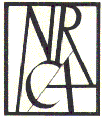 Fabulous Fakes and A History of Art Forgery © J. L. Dolice, 2001, 2003.
|
| All images in this presentation may not be copied, stored in any electronic retrieval device or used in any way without permission in writing. ISBN 0-935901-51-5. |
| Art Forgery | Art Haus |